
Village agriculture in Senegal
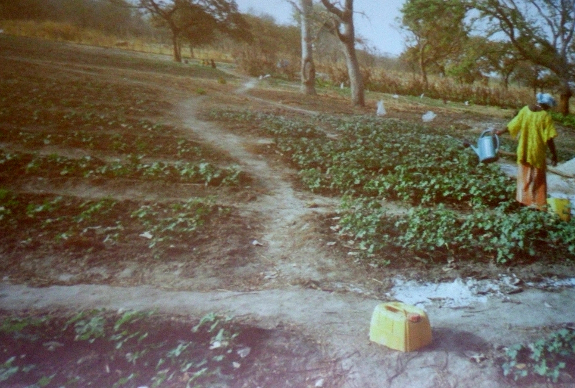
In a complete turnaround
from the high-tech nature of the subjects I've been posting about
recently, Mark and I recently attended a talk about traditional farming
in the subtropical region of southern Senegal (western Africa).
Charlene Hopkins spent 28 months there as part of the Peace Corps prior
to her current graduate studies at Ohio University, and she regaled us
with information about everything from hippo puke to hand watering.
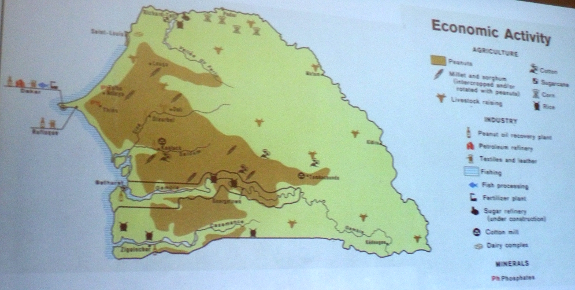
Charlene started with
the big picture. In Senegal, 90% of employed people work in
agricultural jobs...although most people are instead unemployed
subsistence farmers. She lived among the latter, gardening in villages
so poor even creating latrines was a major expense.
There, farmers work hard
from June until October growing and harvesting both row crops
(primarily cotton, corn, sorghum, rice, and peanuts) and vegetables
(like okra, tomatoes, and peppers). But most of the food they grow is
sold to buy the imported rice that keeps villagers alive during the dry
season, so well-rounded nutrition is difficult to achieve.
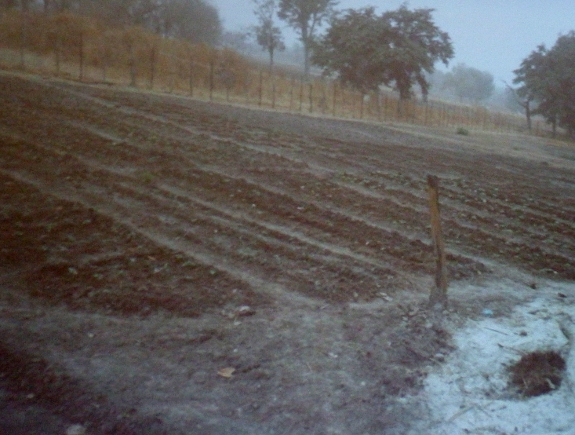
Although I doubt most of
us will choose to follow in the Senegalese's laborious footsteps, there
are lessons to be gleaned from subsistence cultures. Livestock in
Senegal are free ranged and vegetable gardens are fenced to cut down on
the use of supplies. Beds are bite-sized --- typically 2 feet by 8 feet
--- to expedite hand weeding and watering. And gardens are small too,
reaching up to an acre in size for row crops but staying much smaller
for vegetable gardens.
(The image above is a
community garden fenced with the help of the Peace Corps to expand
vegetable growing area for the village.)
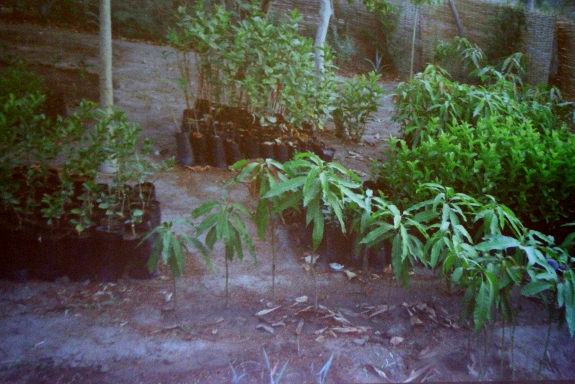
In addition to fencing,
the Peace Corps is helping villagers add more trees to their edible
landscapes. But it sounds like the locals already depended on trees to
some extent.
Mangos have long been
favorites since the large trees provide shade during scorching
afternoons while also bearing fruit for home use and to sell.
Meanwhile, the process of pepineering --- starting seeds in soil-filled
bags in nurseries --- is helping increase diversity into cashews,
bananas, avocadoes, pineapples, and some native fruits you've likely
never heard of.
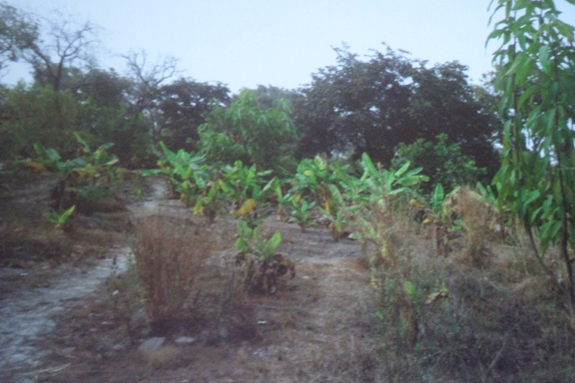
Despite the beauty of
the slides, though, I have to admit my biggest takeaway was gratitude.
Sometimes I take our society's bounty for granted, but I can honestly
say I've never had to choose between vegetables now and rice later. If
you feel similarly and have some cash to spare, you
can donate to the Peace Corps online. I'm sure villages like the
one Charlene visited will appreciate the support!
Want more in-depth information? Browse through our books.
Or explore more posts by date or by subject.
About us: Anna Hess and Mark Hamilton spent over a decade living self-sufficiently in the mountains of Virginia before moving north to start over from scratch in the foothills of Ohio. They've experimented with permaculture, no-till gardening, trailersteading, home-based microbusinesses and much more, writing about their adventures in both blogs and books.
Want to be notified when new comments are posted on this page? Click on the RSS button after you add a comment to subscribe to the comment feed, or simply check the box beside "email replies to me" while writing your comment.
